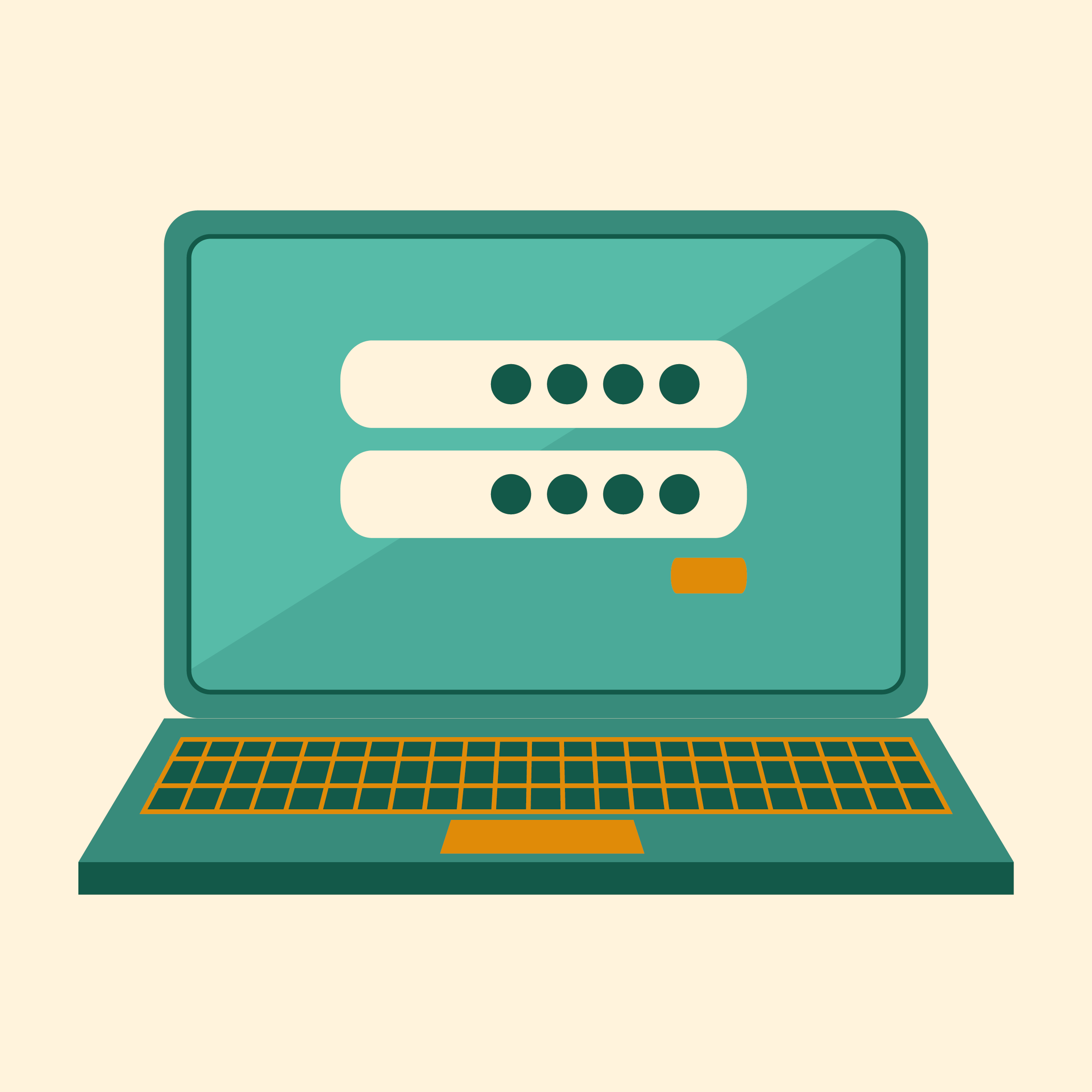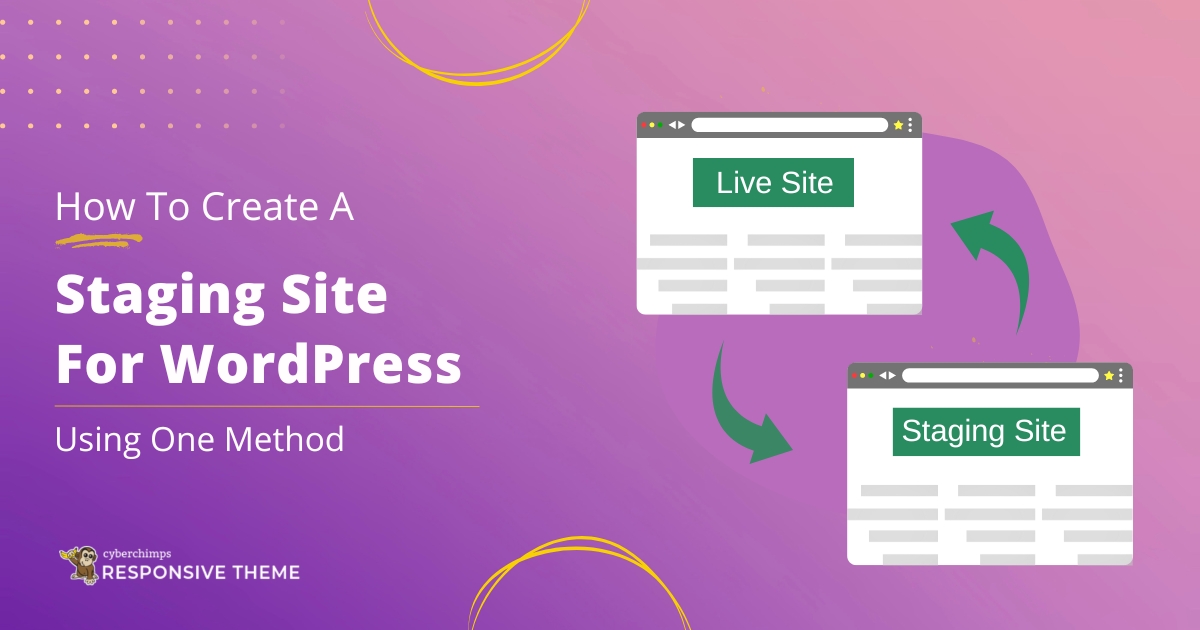Statistics still indicate that cyber threats are yet to go down. Every year, big and small companies lose huge amounts of money due to cyber hacking. Successful hacks can lead to severe implications for any organization. Modern companies are forced to be proactive in order to deal with the constant security threats. But what exactly can you do to protect your website from threats
Here are 10 best practices you should follow to keep your website protected.
Use double validation
Double validation involves using both server-side and access-side validation. This means that for better security, data should be protected from the browser-side each time your users access the website. The essence of having a double validation system is to protect the data from being compromised by malicious scripts. Such scripts can be injected by hackers who try to manipulate your website.
Update your software
The essence of keeping your software updated is to ensure that you have the latest definitions of threats. Software that has been in the market for a while often lacks the capability to detect new kinds of threats. Patches that come with new software are thus crucial for a robust security system. The best way of keeping your software up to date is by turning on automatic updates whenever possible.
Have protection against cross-site scripting (XSS) attacks
Cross-site scripting (XSS), is a method that is often used by hackers to try and steal login credentials and other personal data from website users. This is done by accessing site cookies via malicious scripts. Cross-site scripting (XSS) can be dangerous for both you and your website users. In order to forestall such attacks, you need to install firewalls and have the right scripting done by a professional on all pages. XSS attacks have been known to be common in trading platforms, blogs and other kinds of sites.
Restrict file uploads
If your website relies on file uploads from users, you can specify which kinds of files should be uploaded. This is because of the possibility of hacking when users upload executable files to your database. File uploads should be checked thoroughly and only the right kind of files should pass to your database. Specifying the various image formats or text document formats can help curb malicious file uploads.
Have a Secure Sockets Layer (SSL) protocol
SSL certificates are crucial when you want to protect your data from malicious servers. It is a new standard on the internet that was developed to give a proper framework for communication across websites. SSL provides a credible environment that is backed by encryption and privacy services. Having an SSL installed can protect you and your users from fraudulent servers.
Use website security tools
In addition to updating your software, you should also use some website security tools to improve your security. There are many options in the market to choose from and they come in many forms. Website security tools can help you target some specific threats which could be overlooked by other forms of security measures. The options available in the market also come as free or paid.
Have a password policy

As a website owner, one of the key issues that you will need to tackle is protecting your audience. It is not easy for the audience to know what security etiquette involves. It is thus your responsibility to guide them to the right path. One of the ways of doing this is by having a password policy. This policy gives guidelines on what passwords are acceptable and which ones are not.
Have a backup plan
Backups are also important in the internet realm. Backups should not just be kept in the same online database. You can choose to download your entire site every once in a while so that you never lose anything. The backup plan should have an established routine which must be followed.
Train your personnel
If you have assistants and other kinds of personnel helping you run the website, you should ensure that they are all trained and equipped with cybersecurity knowledge. It is important to make sure that every employee knows what is right and what is wrong in terms of boosting the security of the website.
Work with secure partners
Finally, you need to ensure that all the vendors and partners that you work with are also secure. You can ask for audit reports and other kinds of assurance details that will prove the credibility of your partners. Most partners have no problems providing such details since it contributes to overall security.




